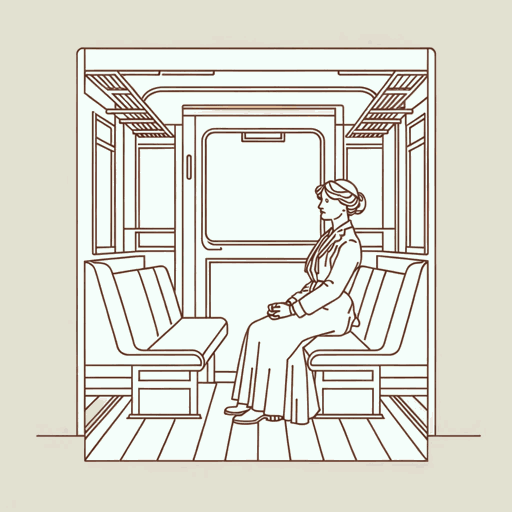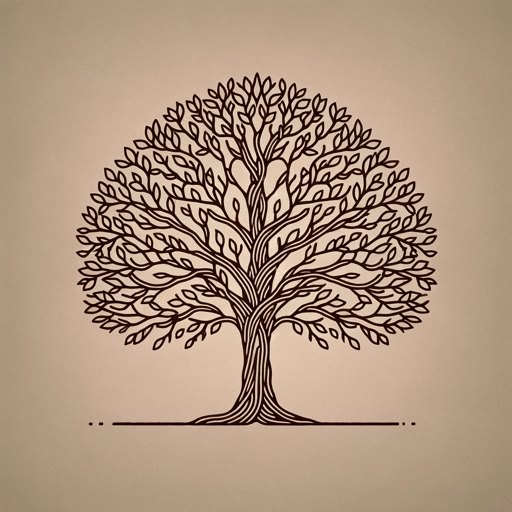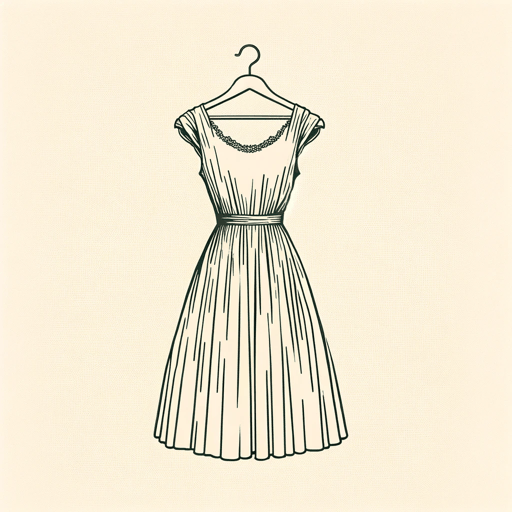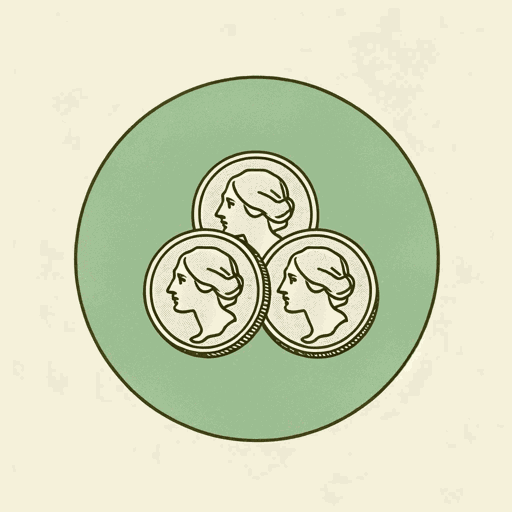51 pages • 1 hour read
Virginia WoolfTo the Lighthouse
Fiction | Novel | Adult | Published in 1927A modern alternative to SparkNotes and CliffsNotes, SuperSummary offers high-quality Study Guides with detailed chapter summaries and analysis of major themes, characters, and more.
Background
Authorial Context
Virginia Woolf alludes to the autobiographical underpinnings of To the Lighthouse in her diary entry for May 9, 1925, in which she reflects that the novel ‘will be fairly short: to have father’s character done complete in it: & mothers; & St. Ives; & childhood; & all the usual things I try to put in—life, death &c.”
Woolf’s father, Leslie Stephen, is ‘done complete’ in the character of Mr. Ramsay, who blusters about the terrace and gardens, quoting Alfred Lord Tennyson’s poetry and pondering metaphysical principles. Like his fictional counterpart, Leslie Stephen was a respected academic writer, preoccupied with his own thoughts, and predisposed to outbursts of both self-importance and self-pity. Woolf’s mother, Julia Duckworth Stephen, devoted herself to her children, her husband, and helping others. An archetype of Victorian motherhood and female beauty, the character of Mrs. Ramsay strongly resembles Julia Stephens, whose own celebrated beauty inspired respected painters of the era. The novel’s setting in the Hebrides islands off the Scottish coast is a thin disguise for the Cornwall coast and the village of St. Ives, where the Stephenses and their seven children enjoyed summer holidays at Talland House—and sailed to nearby Godrevy lighthouse.
Related Titles
By Virginia Woolf

A Haunted House and Other Short Stories
Virginia Woolf

A Room of One's Own
Virginia Woolf

Between The Acts
Virginia Woolf

How Should One Read a Book?
Virginia Woolf

Jacob's Room
Virginia Woolf

Kew Gardens
Virginia Woolf

Modern Fiction
Virginia Woolf

Moments of Being
Virginia Woolf

Mr. Bennett and Mrs. Brown
Virginia Woolf

Mrs. Dalloway
Virginia Woolf

Orlando
Virginia Woolf

The Death of the Moth
Virginia Woolf

The Duchess and the Jeweller
Virginia Woolf

The Lady in the Looking Glass
Virginia Woolf

The Mark on the Wall
Virginia Woolf

The New Dress
Virginia Woolf

The Voyage Out
Virginia Woolf

The Waves
Virginia Woolf

Three Guineas
Virginia Woolf

